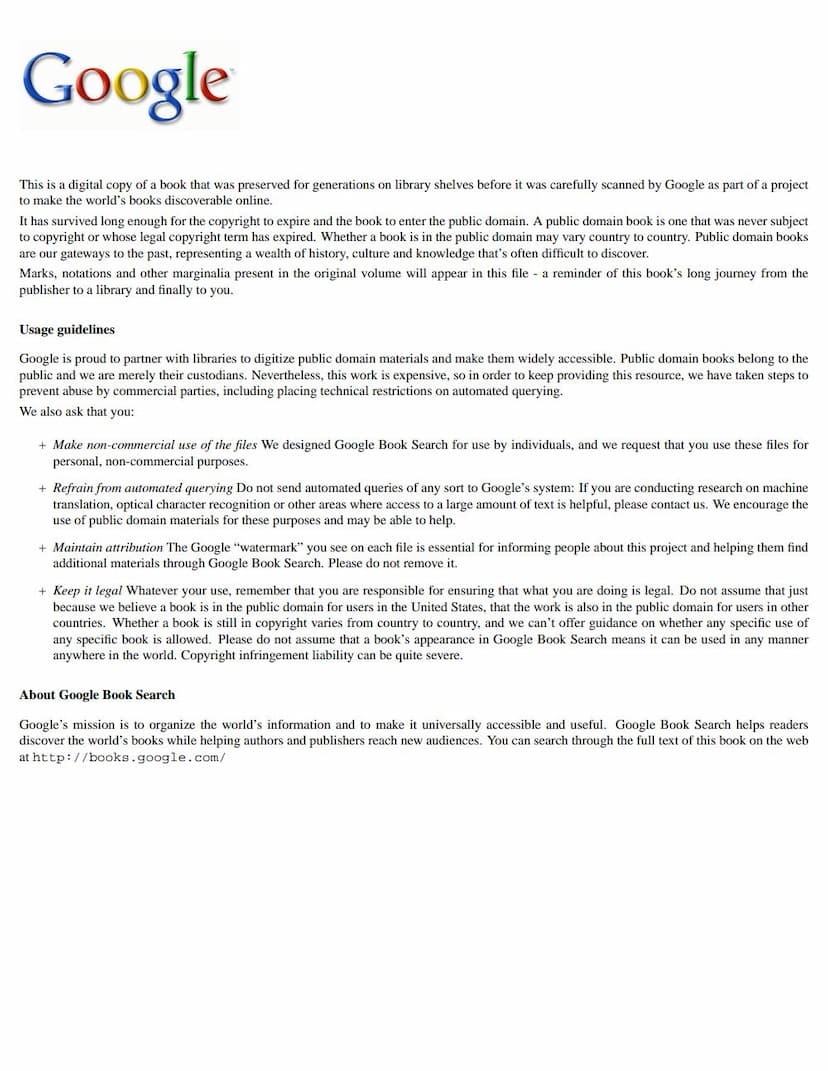Dhammapada
Added to library: September 1, 2025

Summary
The provided text is the introduction to the Dhammapada, translated by F. Max Müller, which is part of "The Sacred Books of the East," Volume X, published by Oxford in 1881. The text itself does not contain the Dhammapada, but rather a detailed scholarly introduction discussing its place within the Buddhist canon, the challenges of dating Buddhist texts, the historical context of Buddhaghosa's commentary, and the various interpretations of the title "Dhammapada."
Here's a comprehensive summary of the introduction, focusing on its key points:
1. Place within the Buddhist Canon:
- The Dhammapada is a canonical Buddhist text, assigned to the Khuddaka-nikâya, which is part of the Sutta-pitaka.
- The exact placement and even the number of books within the Khuddaka-nikâya vary among different Buddhist schools and manuscript traditions. The introduction details these variations, including different lists of texts and how some schools combine Vinaya and Abhidhamma with these fifteen books.
2. Dating the Dhammapada and the Buddhist Canon:
- Dating ancient Buddhist texts is challenging. Evidence is indirect, relying on the age of manuscripts (which are generally recent), linguistic analysis (which can be unreliable as languages evolve), and the traditions of the Buddhists themselves.
- The Buddhists believe their canon was settled at the First Council, immediately after Buddha's death, and maintained through oral tradition. Buddhaghosa, a commentator from the 5th century AD, believed the canon he used was the same as that fixed at the First Council.
- European scholars generally date the reduction of the canon to writing in Ceylon under King Vattagâmani (88-76 BC). This suggests that the canon existed in a collected form by the 1st century BC, with commentaries (like Buddhaghosa's) appearing later.
- The introduction engages with the complex arguments surrounding the dating of the Buddhist canon, referencing figures like Buddhaghosa, Mahânâma, Professor Minayeff, and various historical chronicles (Mahâvamsa, Dîpavamsa). It discusses the debates about the date of Buddha's death and the chronological implications of various historical events and texts.
- The author suggests that the core of the canon likely predates the Second Council (377 BC), with some works possibly dating even before the First Council (477 BC), though such claims are cautiously presented.
3. Buddhaghosa and Commentaries:
- Buddhaghosa, a major commentator, lived in the early 5th century AD. His commentaries, especially on the Dhammapada, are crucial for understanding the verses, as they often provide illustrative parables.
- The introduction delves into the scholarly debate about Buddhaghosa's date and the reliability of his work, particularly in relation to historical accounts in the Mahâvamsa.
4. The Title "Dhammapada":
- The title is ambiguous and has been interpreted in various ways by Buddhists themselves and by scholars.
- "Dhamma" can mean religion, law, virtue, or the teachings of Buddha.
- "Pada" can mean footstep, protection, Nirvana, cause, word, or part.
- Possible interpretations include:
- "Footstep of Religion" (Gogerly, Spence Hardy)
- "Path of Religion"
- "Path of Virtue" (suggested by the translation of verse 21)
- "Fundamental Law" or "Base of Religion" (Feer)
- "Sentences of Religion" or "Law Verses" (pada as a verse or line of text, citing verse 102)
- The author leans towards "Path of Virtue" or "Footstep of the Law" as the most prominent intended meaning, supported by Buddhaghosa's commentary and the context of the verses.
5. Translation and Sources:
- The translation is based on Dr. Fausböll's Pâli edition (1855), utilizing his Latin translation and Buddhaghosa's commentary.
- Other translations consulted include those by Burnouf, Gogerly, Upham, Weber, Childers, D'Alwis, Rhys Davids, and Fernand Hd.
- The author acknowledges the collaborative effort and humbly refers to himself as a "humble gleaner."
- The introduction also briefly touches upon the existence of Chinese and Tibetan translations of the Dhammapada, noting the challenges in accessing and comparing them fully.
6. Spelling of Buddhist Terms:
- The author discusses the difficulty of standardizing Buddhist terms, particularly the debate between retaining Sanskrit forms versus Pâli forms. He initially advocated for Sanskrit but later acknowledges the preference of Pâli scholars for their own language's forms, especially when quoting Pâli works. He highlights how some terms, like "Samana," have evolved in meaning and etymology over time.
In essence, this introduction is a scholarly treatise setting the stage for the Dhammapada, providing readers with crucial background information on its textual history, its importance as a Buddhist scripture, and the complexities involved in its translation and interpretation. It showcases the rigorous academic approach taken in translating these "Sacred Books of the East."